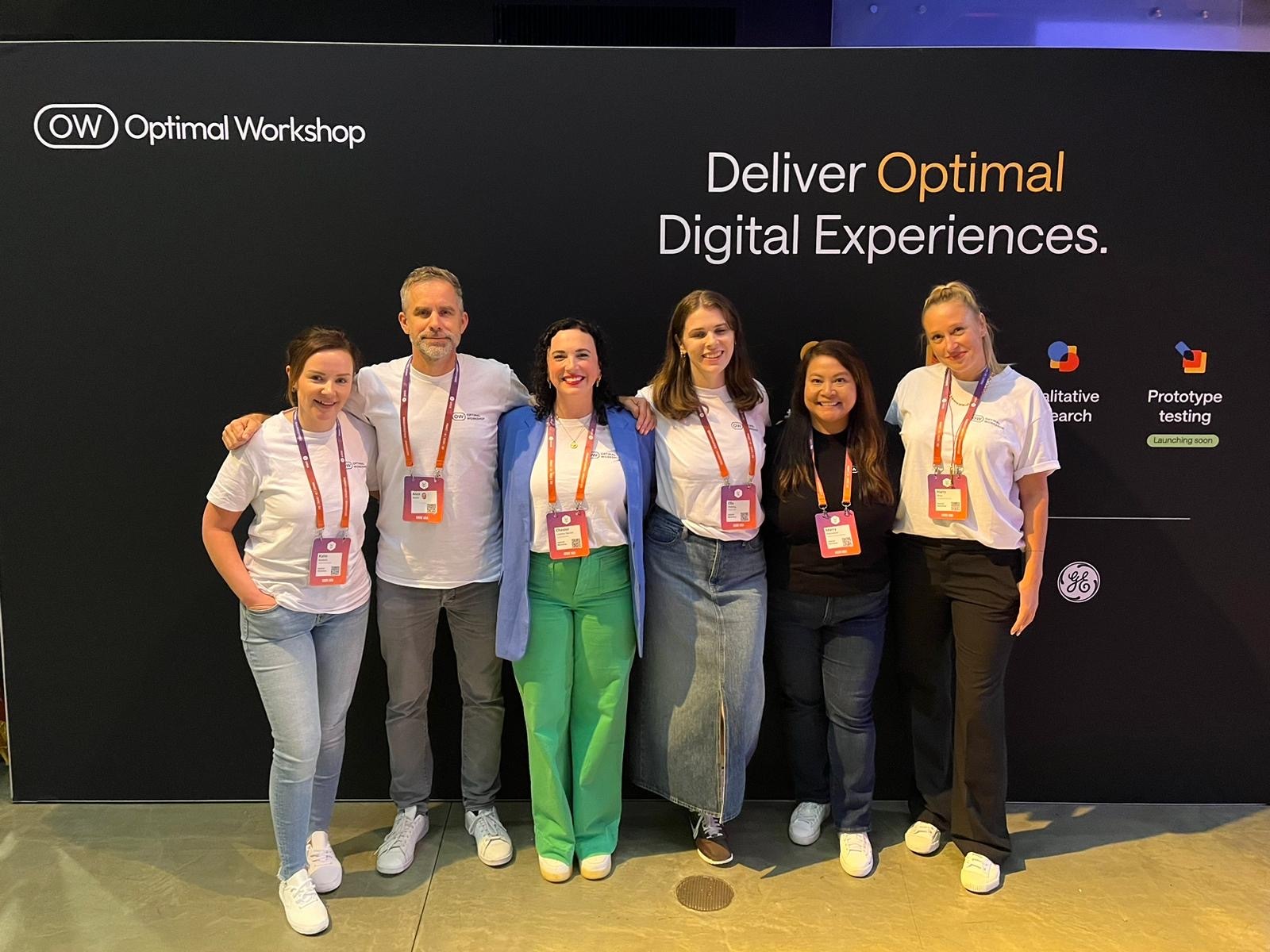In the rapidly evolving world of user experience research (UXR), demonstrating value and impact has become more crucial than ever. While traditional metrics like Customer Satisfaction (CSAT) scores and Net Promoter Scores (NPS) have long been the go-to measures for UX professionals, they often fall short in capturing the full scope and depth of UXR's impact. As organizations increasingly recognize the strategic importance of user-centered design, it's time to explore more comprehensive and nuanced approaches to measuring UXR's contribution.
Limitations of traditional metrics
CSAT and NPS, while valuable, have significant limitations when it comes to measuring UXR impact. These metrics provide a snapshot of user sentiment but fail to capture the direct influence of research insights on product decisions, business outcomes, or long-term user behavior. Moreover, they can be influenced by factors outside of UXR's control, such as marketing campaigns or competitor actions, making it challenging to isolate the specific impact of research efforts.
Another limitation is the lack of context these metrics provide. They don't offer insights into why users feel a certain way or how specific research-driven improvements contributed to their satisfaction. This absence of depth can lead to misinterpretation of data and missed opportunities for meaningful improvements.
Alternative measurement approaches
To overcome these limitations, UX researchers are exploring alternative approaches to measuring impact. One promising method is the use of proxy measures that more directly tie to research activities. For example, tracking the number of research-driven product improvements implemented or measuring the reduction in customer support tickets related to usability issues can provide more tangible evidence of UXR's impact.
Another approach gaining traction is the integration of qualitative data into impact measurement. By combining quantitative metrics with rich, contextual insights from user interviews and observational studies, researchers can paint a more comprehensive picture of how their work influences user behavior and product success.
Linking UXR to business outcomes
Perhaps the most powerful way to demonstrate UXR's value is by directly connecting research insights to key business outcomes. This requires a deep understanding of organizational goals and close collaboration with stakeholders across functions. For instance, if a key business objective is to increase user retention, UX researchers can focus on identifying drivers of user loyalty and track how research-driven improvements impact retention rates over time.
Risk reduction is another critical area where UXR can demonstrate significant value. By validating product concepts and designs before launch, researchers can help organizations avoid costly mistakes and reputational damage. Tracking the number of potential issues identified and resolved through research can provide a tangible measure of this impact.
Case studies of successful impact measurement
While standardized metrics for UXR impact remain elusive, some organizations have successfully implemented innovative measurement approaches. For example, one technology company developed a "research influence score" that tracks how often research insights are cited in product decision-making processes and the subsequent impact on key performance indicators.
Another case study involves a financial services firm that implemented a "research ROI calculator." This tool estimates the potential cost savings and revenue increases associated with research-driven improvements, providing a clear financial justification for UXR investments.
These case studies highlight the importance of tailoring measurement approaches to the specific context and goals of each organization. By thinking creatively and collaborating closely with stakeholders, UX researchers can develop meaningful ways to quantify their impact and demonstrate the strategic value of their work.
As the field of UXR continues to evolve, so too must our approaches to measuring its impact. By moving beyond traditional metrics and embracing more holistic and business-aligned measurement strategies, we can ensure that the true value of user research is recognized and leveraged to drive organizational success. The future of UXR lies not just in conducting great research, but in effectively communicating its impact and cementing its role as a critical strategic function within modern organizations.
Maximize UXR ROI with Optimal
While innovative measurement approaches are crucial, having the right tools to conduct and analyze research efficiently is equally important for maximizing UXR's return on investment. This is where the Optimal Workshop platform comes in, offering a comprehensive solution to streamline your UXR efforts and amplify their impact.
The Optimal Platform provides a suite of user-friendly tools designed to support every stage of the research process, from participant recruitment to data analysis and insight sharing. By centralizing your research activities on a single platform, you can significantly reduce the time and resources spent on administrative tasks, allowing your team to focus on generating valuable insights.
Key benefits of using Optimal for improving UXR ROI include:
- Faster research cycles: With automated participant management and data collection tools, you can complete studies more quickly, enabling faster iteration and decision-making.
- Enhanced collaboration: The platform's sharing features make it easy to involve stakeholders throughout the research process, increasing buy-in and ensuring insights are actioned promptly.
- Robust analytics: Advanced data visualization and analysis tools help you uncover deeper insights and communicate them more effectively to decision-makers.
- Scalable research: The platform's user-friendly interface enables non-researchers to conduct basic studies, democratizing research across your organization and increasing its overall impact.
- Comprehensive reporting: Generate professional, insightful reports that clearly demonstrate the value of your research to stakeholders at all levels.
By leveraging the Optimal Workshop, you're not just improving your research processes – you're positioning UXR as a strategic driver of business success. Our platform's capabilities align perfectly with the advanced measurement approaches discussed earlier, enabling you to track research influence, calculate ROI, and demonstrate tangible impact on key business outcomes.
Ready to transform how you measure and communicate the impact of your UX research? Sign up for a free trial of the Optimal platform today and experience firsthand how it can drive your UXR efforts to new heights of efficiency and effectiveness.







